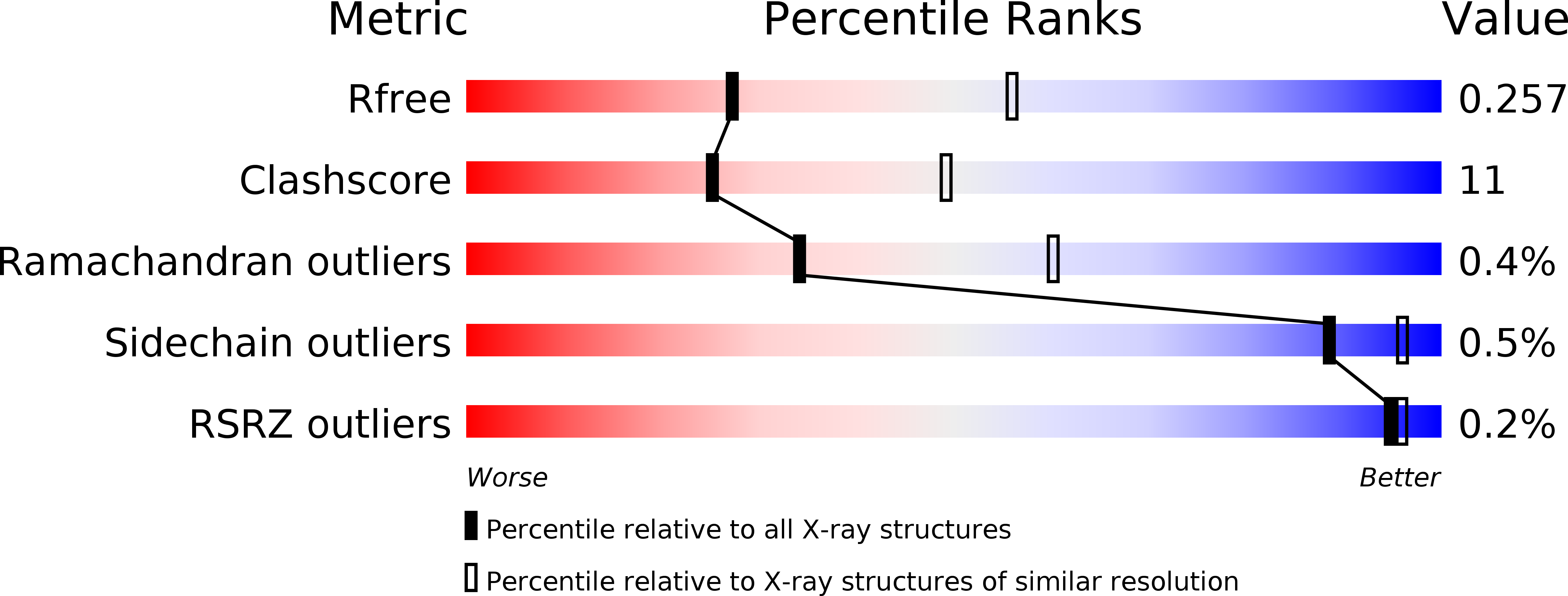
Deposition Date
2010-08-06
Release Date
2011-02-02
Last Version Date
2024-10-09
Entry Detail
Biological Source:
Source Organism:
Escherichia coli (Taxon ID: 562)
Arachis hypogaea (Taxon ID: 3818)
Arachis hypogaea (Taxon ID: 3818)
Host Organism:
Method Details:
Experimental Method:
Resolution:
2.71 Å
R-Value Free:
0.25
R-Value Work:
0.18
R-Value Observed:
0.18
Space Group:
C 1 2 1


